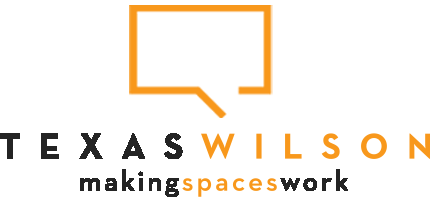Designing For Education
Even before the pandemic, education was undergoing a transformation that will go on long after the virus threat subsides. The experiences students, educators, and administrators have had during the pandemic have accelerated and amplified trends in education that were already in motion. Online and blended learning has revealed inequities and how many physical learning environments can't meet the pedagogical needs and technology demands. Additionally, well-being has suffered, and students and teachers have struggled to teach or learn effectively.
- Building In-Between Spaces
- Classrooms
- Libraries
Designing Learning Experiences for the Future
To create better teaching and learning experiences that provide students and educators with what they want and expect, institutions will need to pay attention to four macro shifts in how they think about space.
Design Safer Schools
Behavioral strategies, such as mask-wearing and distancing, need to be augmented with changes to the built environment. Educational institutions can make their buildings even safer by intentionally designing the built environment to help mitigate disease transmission. Understanding how pathogens move through a domain will help educational institutions develop new systemic strategies to help prevent infections.
Design For Effectiveness
Students and educators have struggled throughout the pandemic. Learning and teaching effectiveness have dropped. Moving forward, students and educators will need multi-modal learning environments that balance individual and group needs and multiple learning modes. For example, libraries can support group work and not just individual study. Schools will also need to provide spaces that enabled better hybrid and blended learning experiences.
Design To Inspire
People who have lived through a crisis want inspiration — they need to be a part of something meaningful. Educational institutions will need to create a sense of belonging and foster community. When students can connect with their instructors and have access to inspiring spaces that build a strong community, this can lead to better learning outcomes. Intentionally-designed learning environments can foster meaningful interactions and signal that change and adaptation are part of their culture and something to be embraced.
Design For Flexibility
Historically designed for permanence, buildings have been dominated by fixed architecture, power and furnishings. Going forward, educational institutions will offer more flexible environments that can adapt easily to accommodate multiple learning modes. Schools will need to embrace multi-use spaces that can support diverse types of activities. Furnishings will easily move to allow spaces to expand and contract as needed.
We're Here to Help.
A better work experience starts with a better workplace.



